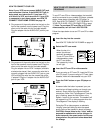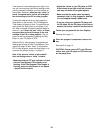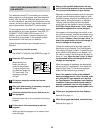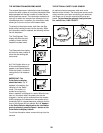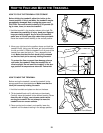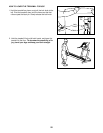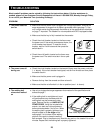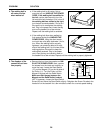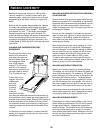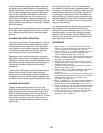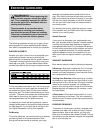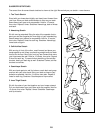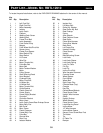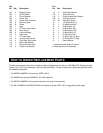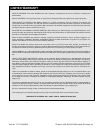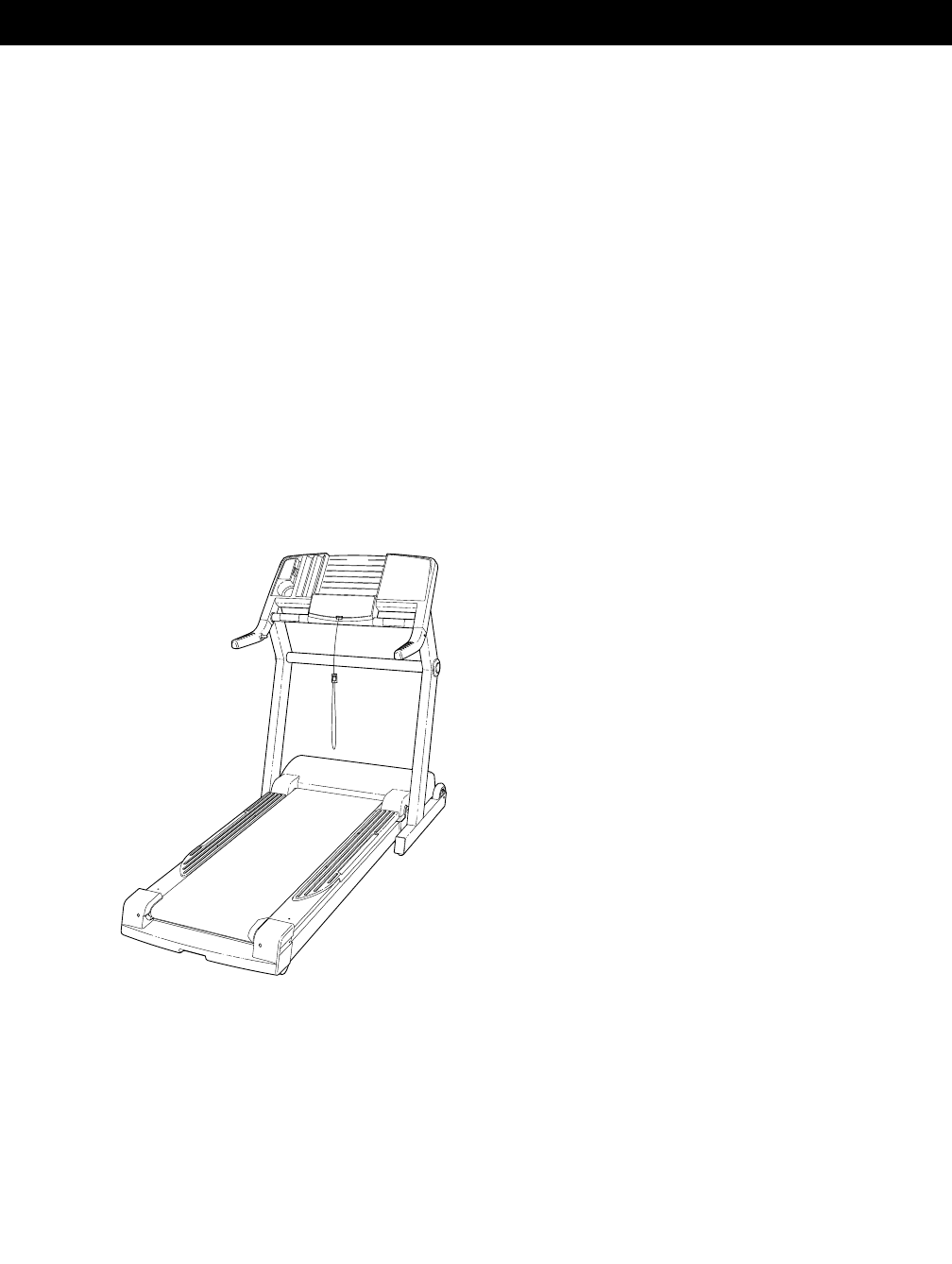
25
REEBOK UNIVERSITY
Reebok University was launched in 1993 to fulfill a
vision to establish a “university without walls” that
develops quality, researched, state-of-the-art fitness
programming for the fitness industry throughout the
world.
Working with the world’s best professionals, Reebok
University has created a host of original programs,
such as Step Reebok
®
, Walk Reebok
SM
, Slide Reebok
SM
and Reebok City Jam
SM
. The industry has adopted
Reebok programming as the “gold” standard. Our
guidelines and terminology are used by fitness profes-
sionals and participants around the world, and our
exceptional programming has been approved in the
United States by AFAA and ACE for continuing educa-
tion credits.
WALKING AND CARDIORESPIRATORY
ENDURANCE
Scientific studies confirm that
walking at a moderate to
brisk pace can enhance
aerobic fitness. Rippe and
his colleagues
1
found
that of 500 subjects
tested, 67% of the men
and 90% of the women
were able to reach their tar-
get heart rates by walking
4 to 4.5 miles per hour.
Pollock and his col-
leagues
2
found that
middle-aged
men who
walked at
a pace of
3.5 to 4.5
miles per
hour for 40 minutes
four times per week had the same cardiovascular im-
provements as men the same age who jogged for 30
minutes three times per week. Although the intensity of
exercise was lower for the walkers than the runners,
the increased duration and frequency of walking pro-
vided the walkers with similar aerobic benefits as the
runners.
On the basis of current research, it seems clear that
walking at a moderate to brisk pace can be an excel-
lent aerobic activity.
WALKING AND REDUCED RISK FOR CARDIOVAS-
CULAR DISEASE
Several studies have found that regular walking at any
speed can increase HDL-C cholesterol (a high-density
lipoprotein which removes excess cholesterol from the
body) and can lower concentrations of blood triglyc-
erides (a storage form of fat), thus reducing the risk for
cardiovascular disease.
Duncan and his colleagues
3
concluded that exercise
does not have to be vigorous to reduce cardiovascular
risk factors. In other words, people who choose to
stroll rather than walk briskly can reduce their risk for
cardiovascular disease.
After studying the physical activity patterns of 17,000
Harvard alumni over a 20-year period, Paffenbarger
and his colleagues
4
concluded that walking as little as
five city blocks per day can reduce the risk of cardio-
vascular disease, and walking 2 miles per day can
reduce the risk of a heart attack by 28% or more.
Therefore, while walking at a fast pace will improve
aerobic fitness, walking at any speed (slow or fast) can
reduce a person's risk for heart disease.
WALKING AND WEIGHT REDUCTION
Walking is an excellent activity for burning calories.
The steeper the incline and/or the faster the speed, the
more calories are burned. For example, a 150-pound
person walking at 3.5 miles per hour on flat ground will
burn about 300 calories per hour. This same person
will burn 400 calories per hour on a gentle 4% incline
and 500 calories per hour on a steeper 10% incline. If
this person speeds the pace up to 4 miles per hour on
level ground, 350 calories will be burned in one hour.
5
It should be noted that participants who do not wish to
walk at faster speeds can burn a comparable number
of calories by walking for longer periods of time.
WALKING AND BONE DENSITY
Osteoporosis is a major health problem in the United
States, affecting an estimated 15 to 30 million people.
An age-related disorder, osteoporosis reduces the
density of bones. This disease can be life-threatening
since many older people die as a result of complica-
tions suffered from broken bones. Adequate calcium in
the diet and weight-bearing exercises seem to reduce
the risk of osteoporosis.



